Gemstones exhibit a wide range of different properties, some of which are more dramatic than others. Among the greatest are those stones that change color depending on the light around them, exhibiting a magnificent photo-reaction. There are more of these dramatic stones than you might think!
So, let’s go ahead and begin to explore the world of gemstones that change color in a different light.
- 6 Types of Iridescent Gemstones (With Pictures!)
- 9 Colorless (Or Near Colorless) Gemstones
- Top 20 Rarest Gemstones In The World (In Order By Value)
Gemstones That Change Color in Different Light Settings
1. Alexandrite
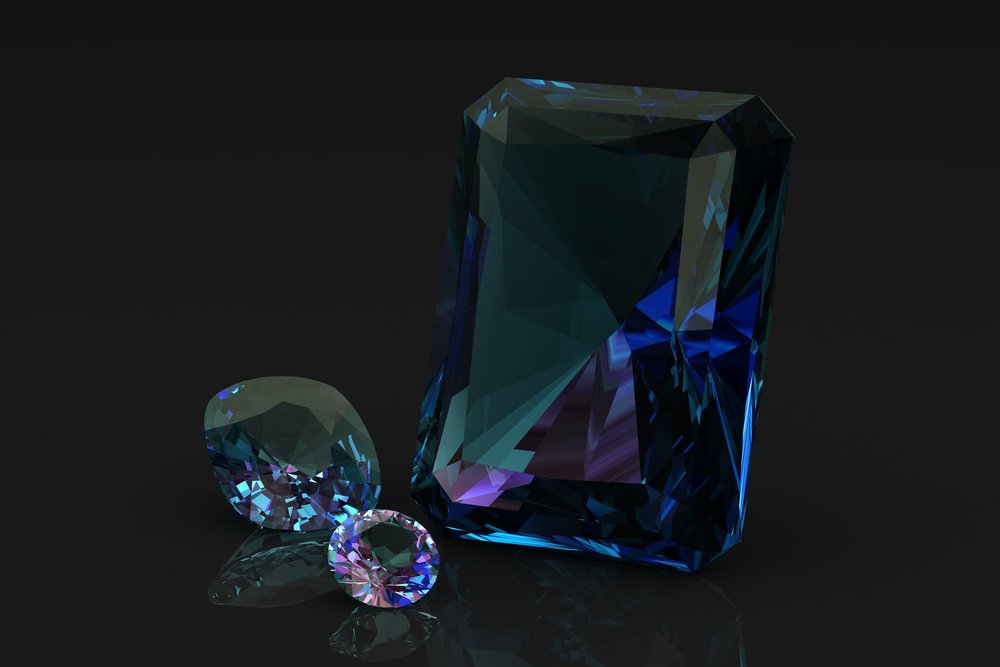
Alexandrite is one of the most expensive gemstones in the world. High-quality material can command prices in excess of $15,000 per carat, making it among the most expensive gemstones in the world. The most prized stones, from the Ural mountains, change from deep turquoise green to a deep reddish-purple depending on the light.
Alexandrite is a form of chrysoberyl, related to emerald and morganite but not quite the same stuff. While normal beryl has a higher amount of beryl than aluminum, chrysoberyl has a larger amount of aluminum inside of its molecules.
Alexandrite’s color-changing properties have been known for longer than many gemstones. It was known to change color with candles or lamps, but modern lights magnify the effect.
Alexandrite’s color shift has to do with the way the human eye perceives color. The green spectrum isn’t as present in most artificial lighting, making the shift even more dramatic.
While the natural stone is very expensive, there are some substitutes. The best is synthetically grown Alexandrite, identical in main crystal composition but grown in a laboratory setting. The vast majority of Alexandrite you encounter will be of this type, natural stones are so rare that costs are prohibitive for all but the wealthiest collectors.
2. Sapphire
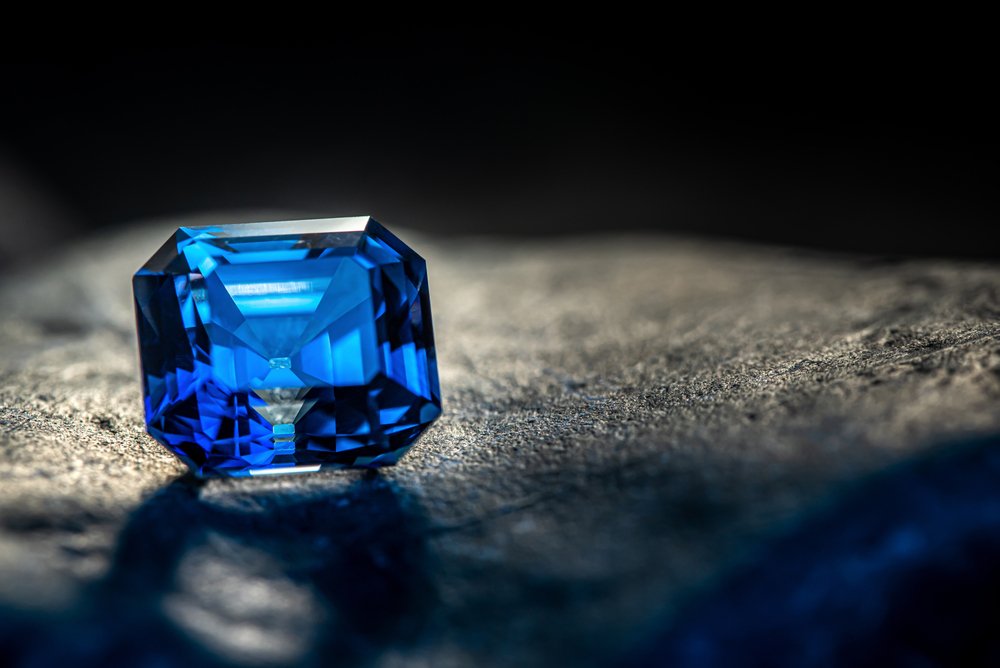
While a bit less dramatic, there are rare color-change sapphires out there. They have a huge price difference, mainly due to the fact that the color switch ranges from barely noticeable to rather dramatic. These stones are exceptionally rare, and the best of the best can command prices in the mid-five-figure range per carat.
Sapphire is a corundum variety, as most of you know. Essentially, every color of corundum except for ruby is called a sapphire. In this case, the vast majority of these stones shift from blue to purple, but some come with shades of yellow or green.
Their exceptional rarity aside, these stones have roughly the same mechanism for their change as Alexandrite. Synthetic corundum with color-changing properties is often sold as a simulant for Alexandrite due to this similarity.
If you’re looking for color change sapphires, then you may not need to go far. Montana is one of the best producers of these stones. They’re expensive, but a strong color change in sapphire is a wonder to have in your hands.
3. Garnet
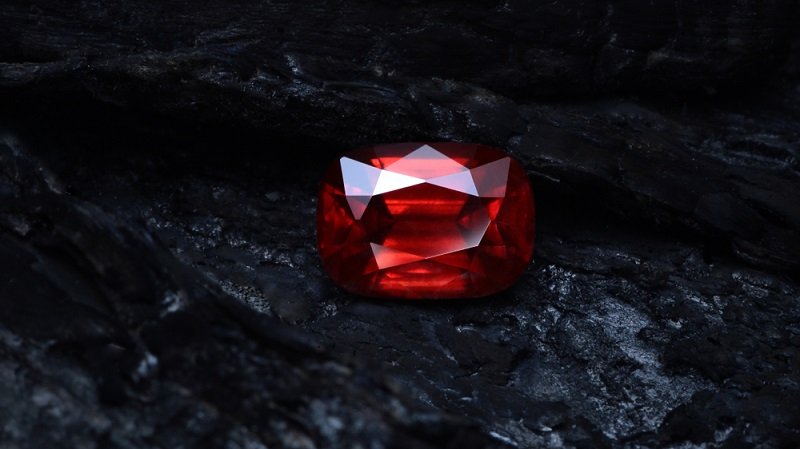
Garnets are varied, from the dark green of Tsavorite to the purple-red of Rhodolite garnets, with everything in between and some of the deepest reds found in nature. They’re an incredible family of gemstones, and they never cease to amaze as you dig deeper. The most valuable garnets?
Those that change color. Color-changing garnets range from green to blue in natural light, and under different lighting conditions, they become red or purple. Once again we’ve got the same mechanism as Alexandrite controlling the stone’s appearance. It’s just a matter of how our eyes interact with the stone’s absorption and transmission of photons.
The actual intergrowth of the crystals is more impressive. Color-changing garnets are a combination of spessartine and pyrope garnets, which creates the changing effect. There are many families of garnet, but these rarely occurring hybrids are pretty impressive.
Color-changing garnets are still vanishingly rare and expensive, but they don’t quite hit the same prices as sapphire or Alexandrite. They may be an affordable natural alternative for those who aren’t into lab-created stones but you should still expect a hefty price tag attached to them.
4. Zultanite
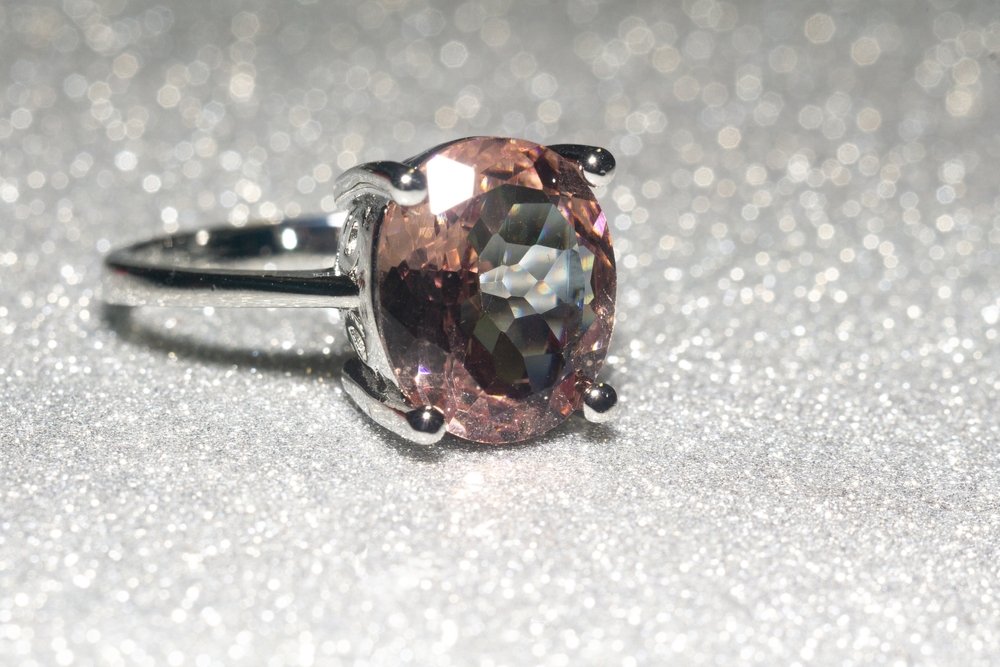
Zultanite is a gem-quality variant of diaspore, found only in Turkey. This gemstone is relatively new to the market, Zultanite is actually a registered trade name, but they’ve made a bit of a splash.
Zultanite varies from a light-green outdoors to pink or yellow depending on the lighting. They exhibit a pretty wide range of colors, so choosing a gemstone can take some time as each is unique.
Zultanite’s colors often seem a bit more earth tone than other color-changing gemstones. The market for it began in 2006 or so, when the trade name was first established, and immediately fakes began to hit the market.
The fakes are made with dichroic glass and are rather cheap and attractive. I’ve purchased a few and even set them. That said, if the stone looks affordable, it’s probably not Zultanite. It’s hard to check for bubbles (the main tell for glass “gemstones) without the stone in hand. Fortunately, most fakes are very large and very cheap, which makes them easy to avoid.
Since this stone only comes from a very small region in Turkey it’s usually best to buy them from trusted sources. Unlike most gemstones, Zultanite is pretty well controlled in distribution and the mine keeps a list of who they sell the stones to.
5. Spinel
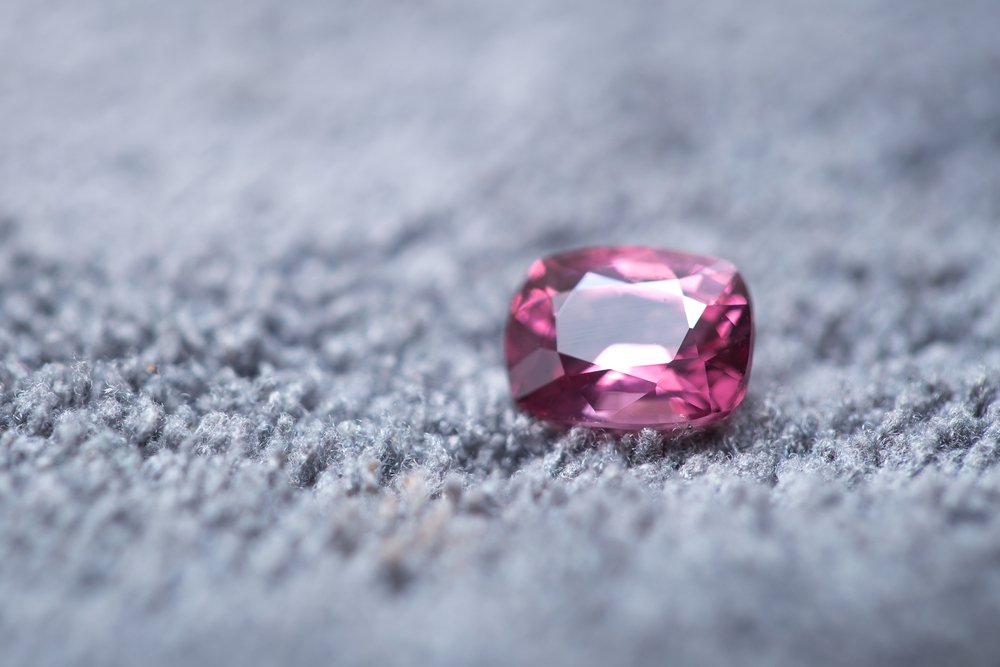
Spinels are an underappreciated gemstone, in my opinion. Indeed, many fantastic historic “rubies” were actually spinels. All red gemstones were referred to as rubies before chemical analysis began on stones in the 1700s. The Black Prince’s Ruby, for instance, is actually a world-class spinel!
Spinel comes in a wide variety of colors, and some of them are color-changing. Spinel sometimes displays a color change, from deep blue to purple depending on the light. Unfortunately… well, it’s a pretty weak change.
These stones still command a premium price, but they’re not at the upper end of spinel varieties. Instead, they find their way into fine jewelry in the middle of the bracket.
While not as dramatic as many of the others on this list, there are occasional great specimens that show up. For most people, however, this color change is just a bit of an oddity instead of a defining feature of their piece of jewelry.
6. Andesine
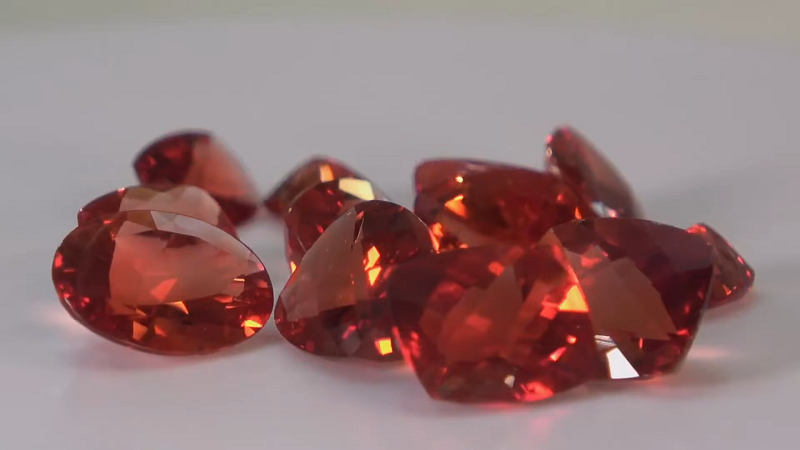
Andesine is a bit of a strange one, which seems only natural considering the oddities that come about whenever we’re dealing with feldspar minerals. The main color change that people speak about with the stone comes from a red to green color shift that sometimes occurs in high-quality specimens.
Andesine isn’t 100% natural, which caused a lot of controversies when it first emerged on the market. Color treatments were hidden, which is what causes the red coloration. You’ll also see the stone sold as andesine-labradorite, red labradorite, or even as Oregon sunstone.
Andesine is actually the “correct” name. With the controversy set aside, however, the stone is still pretty nifty. While all red samples are treated to some degree, the stone still exhibits a schiller when raw.
Color-changing andesine is among the more affordable stones in this category, but its reputation was marred by mishandling in the early stages. It’s also not natural in most cases, which blemishes the effects for many collectors. That said, the clear stuff that only displays an internal schiller is fantastic… although not exactly a gemstone that changes color in the light.
7. Fluorite
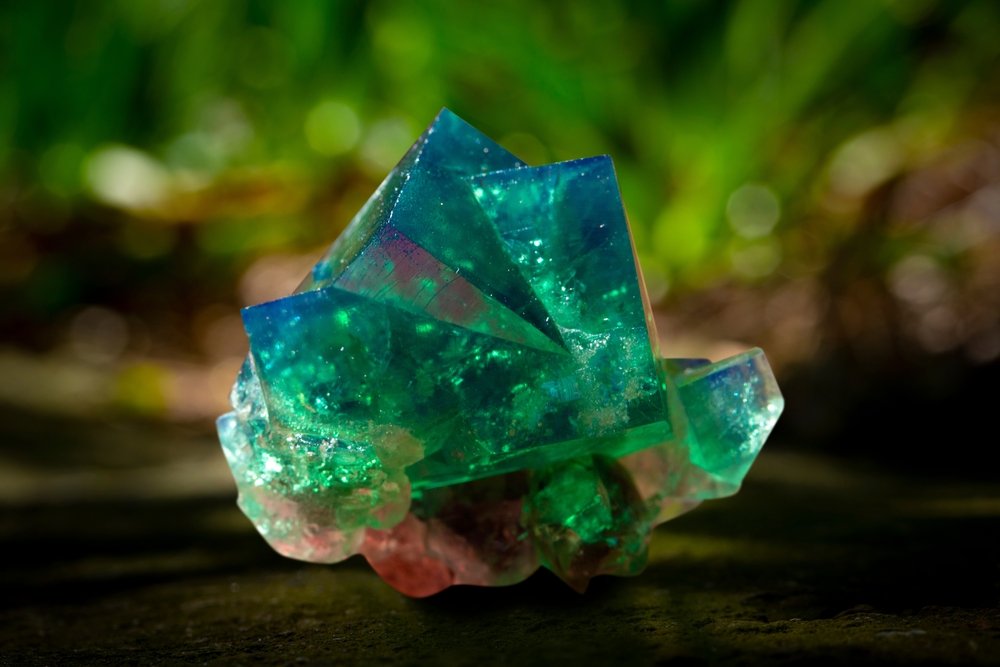
Fluorite comes in a wide variety of colors. Like many gemstones that do the same, it also has a color-changing variety. Fluorite is cheap, but it’s also very soft which makes it unusable in jewelry for most purposes. Especially without a protective setting designed for that specific stone.
The color change is another one of the blue-to-purple changes. That said it’s quite a dramatic change, not the weaker change seen in most color change spinels. Even the raw mineral can have this effect, a fist-sized chunk of color-changing fluorite is a dramatic showpiece.
As a general rule, fluorite is too soft for anything on the hands or arms. Rings or bracelets are right out if you’re planning on using the stone in jewelry. Even pendants will need to be designed to protect the stone, at a 4 on the Moh’s scale there are an astounding amount of things that will scratch or damage the stone.
If you keep that in mind, however, color-changing fluorite is actually the cheapest natural gemstone that has a photo effect. It’s a fraction of the cost of the rest of the examples on this list, it just needs to be treated carefully due to its fragility and softness.
- Online rock and mineral club for collectors of all levels!
- Find community with like-minded rock and mineral enthusiasts.
- Monthly Giveaways!
- Free Access to Entire Digital Library of Products (annual memberships)


